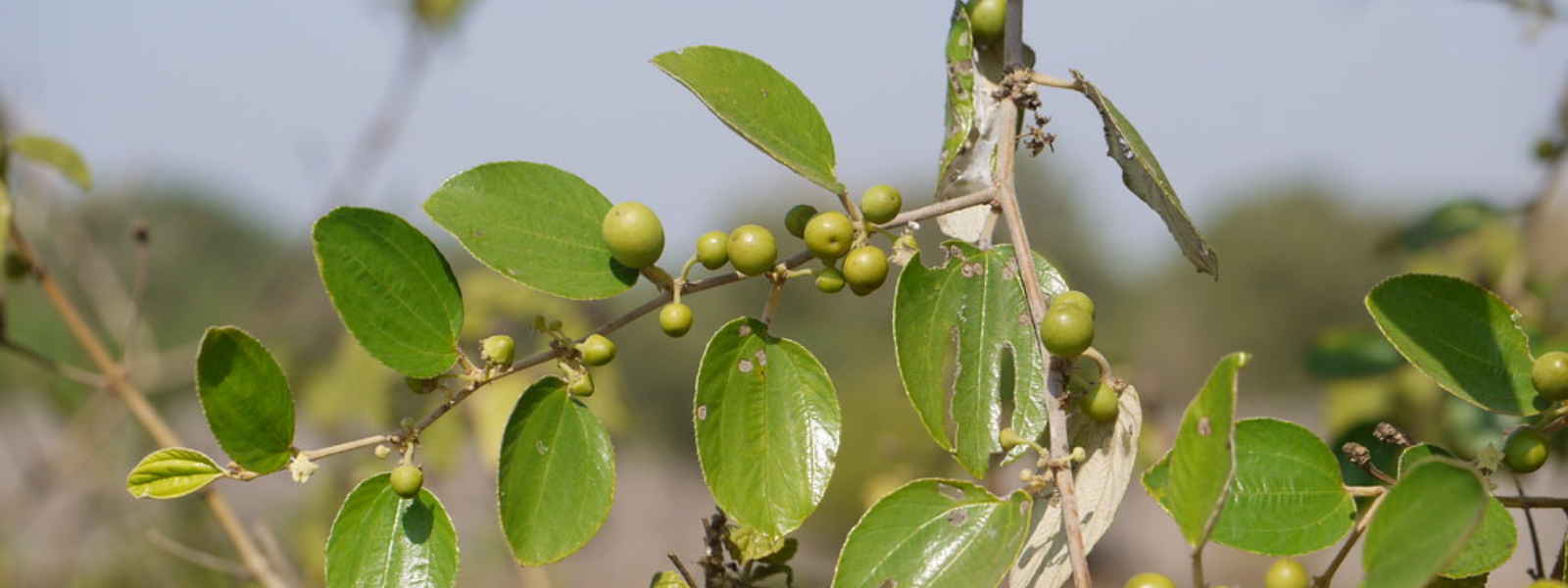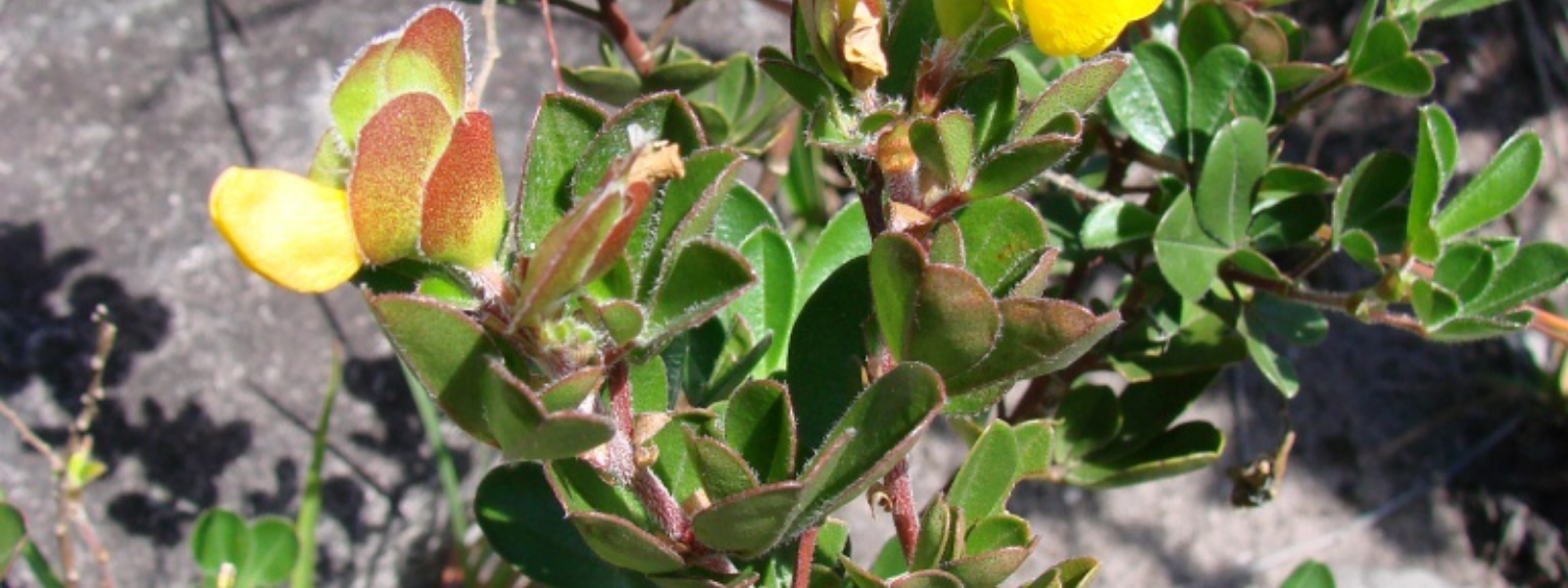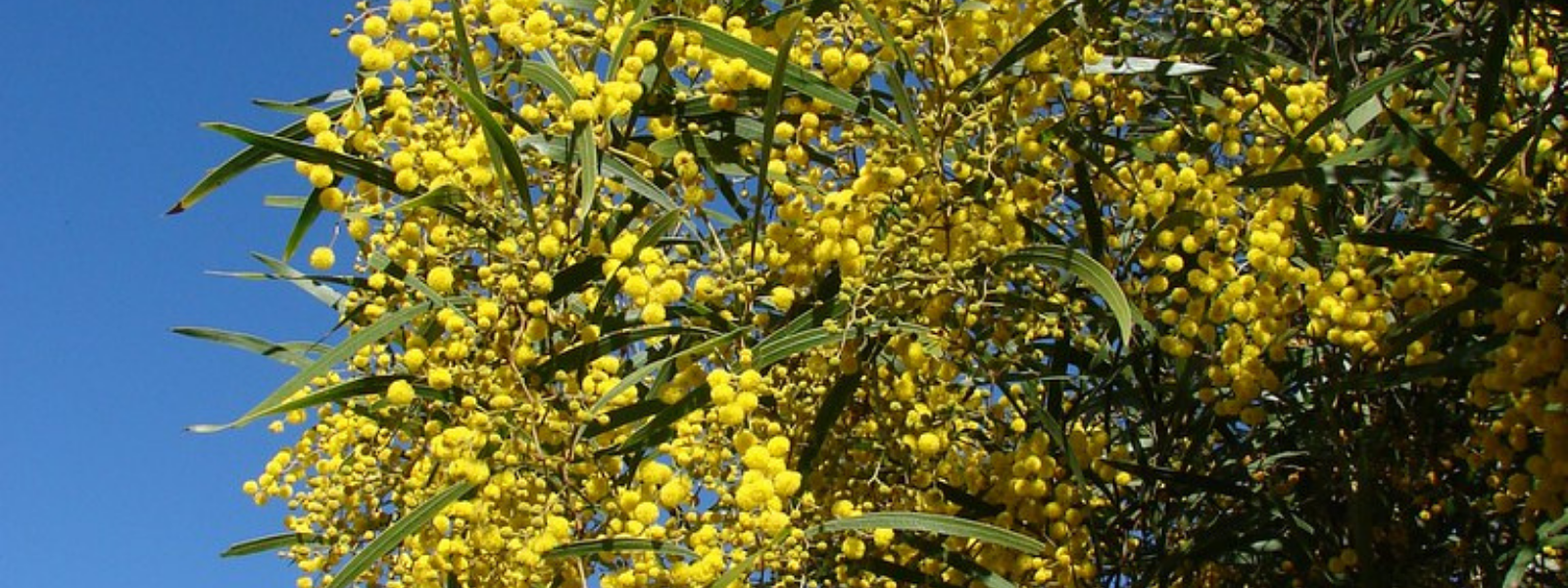
Common Name
Chinese apple, Indian Plum, Chinee apple, Indian jujube, and Ber
Scientific Name
Ziziphus mauritiana
Family
Rhamnaceae
Lifecycle
Perennial
Seasons of Growth
Year-round
Key Distinguishing Feature
Small tree with yellowish fruit.
• It typically grows during the warmer seasons, with fruit production in late summer and autumn.
• Growth Form: Chinee Apple is a tree that can reach heights of up to 10 meters (33 feet). It has a spreading canopy.
• Leaves: The leaves are glossy, oval-shaped, and have serrated margins. They are typically dark green.
• Flowers: The small, fragrant flowers are typically greenish-yellow to white and are borne in clusters.
• Fruit: The fruit is a small, round to oval drupe that varies in colour from yellow to orange-red when ripe. It has a sweet, plum-like flavor and is edible.
• Habitat: Chinee Apple trees are often found in disturbed areas, pastures, and along roadsides. They can establish in a variety of soil types.
Ecological Impact:
• Chinee Apple is considered an invasive species in many regions, particularly in parts of Australia. It can form dense thickets and outcompete native vegetation.
• The fruit is attractive to birds, which can aid in its spread to new areas.
Control Methods:
• Control of Chinee Apple often involves a combination of mechanical, chemical, and cultural methods.
• Mechanical methods include cutting and removing the trees, particularly before they produce fruit.
• Herbicides may be used for control, but care must be taken to use them safely and effectively, following local regulations.
• Preventing the establishment of Chinee Apple through vigilant monitoring and early removal is important to prevent its spread.
Chinee Apple is a problematic invasive tree that requires active management to prevent its spread and protect native ecosystems. Local authorities and environmental agencies often provide guidance on the best control practices for this invasive species.




